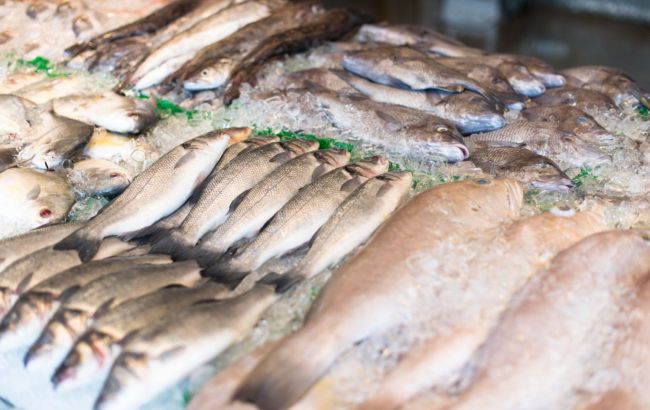World's dirtiest fish: Insights from nutritionist
 Why tilapia is considered the dirtiest fish (photo: Freepik)
Why tilapia is considered the dirtiest fish (photo: Freepik)
Tilapia is considered the dirtiest fish. It is raised in unusual conditions, which is why it is considered unbeneficial, according to nutritionist Olga Dorosh on her Instagram page.
Why fish is beneficial
Tilapia is one of the safest types of fish in terms of mercury content.
The Environmental Protection Agency (EPA) and Food and Drug Administration (FDA) guidelines include it as a "best choice," making it ideal for pregnant women, breastfeeding women, and children.
Tilapia is very affordable and low-fat, with 120 calories per 100 grams of fillet, containing:
- 23 grams of protein
- 2.3 grams of fat
- 12 mg of calcium
- 30 mg of magnesium
- 177 mg of phosphorus
- 331 mg of potassium
- 45 mg of choline
Why fish is considered the dirtiest
According to the nutritionist, this fish is very demanding. It needs space, clean water, and a daytime temperature of 20 degrees Celsius. A 400-gram tilapia takes 10 months to grow.
In Asia, China, and Bangladesh, tilapia is raised in so-called dugouts, and here lies the problem: unlike a bio-farm, there are hundreds in a dugout, and antibiotics are added to the feed to prevent illness.
FDA antibiotics are prohibited for use in aquaculture because residues may be present in the meat.
So, after about 40-60 days, antibiotics are stopped to allow them to be flushed out of the fish, and the supply commissions permit the import of fish. However, residues may still be present, so the choice is always to eat fresh or chilled fish.
This material is for informational purposes only and should not be used for medical diagnosis or self-treatment. Our goal is to provide readers with accurate information about symptoms, causes, and methods of detecting diseases. RBС-Ukraine is not responsible for any diagnoses that readers may make based on materials from the resource. We do not recommend self-treatment and advise consulting a doctor in case of any health concerns.

